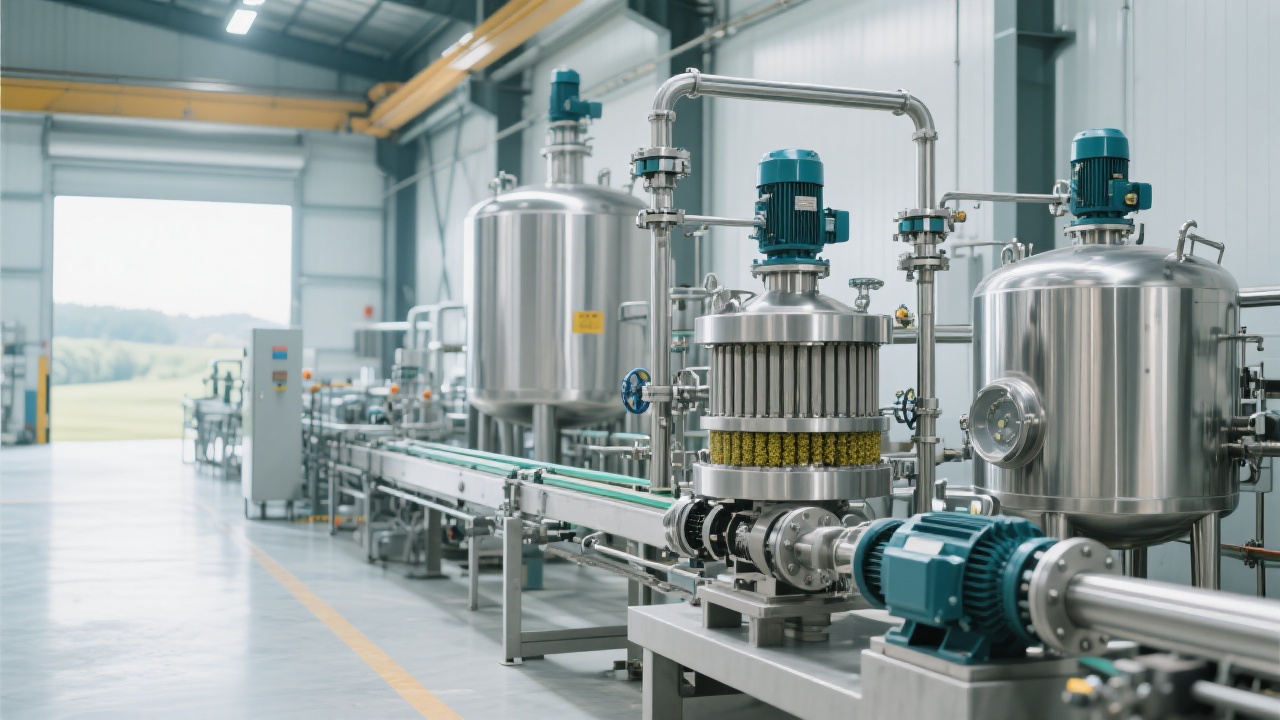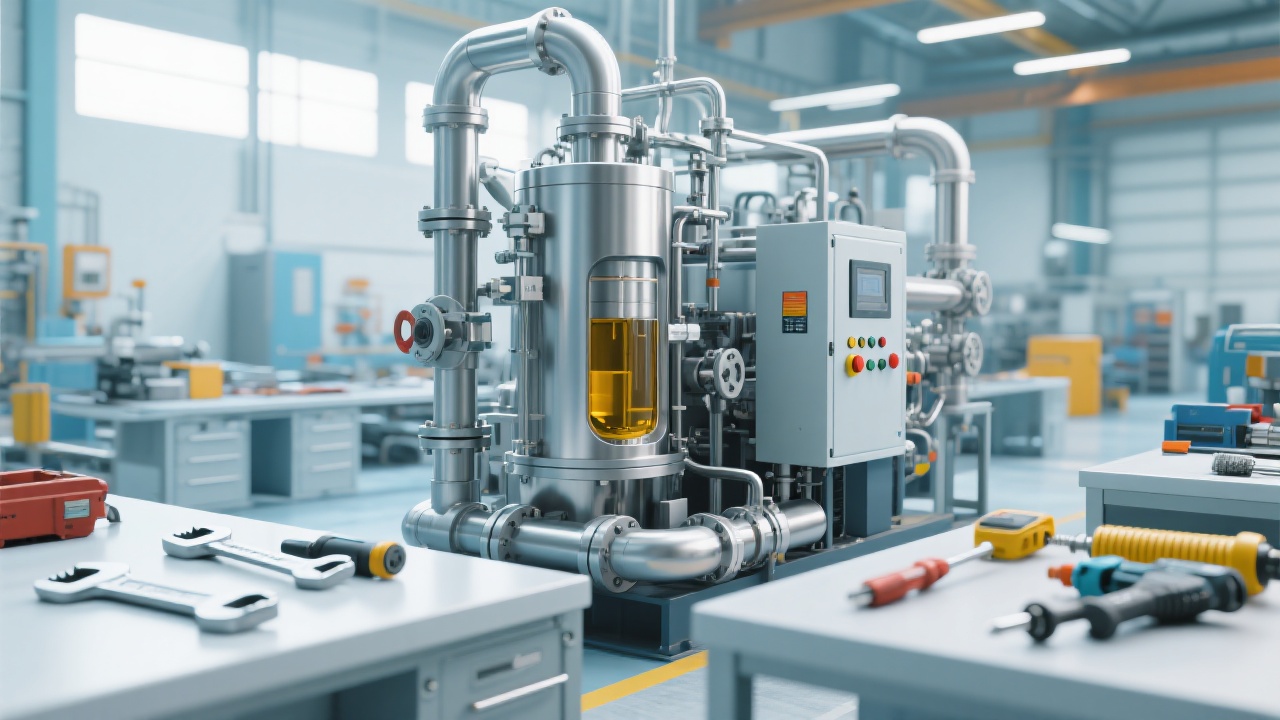
Sesame oil manufacturing has witnessed a remarkable transformation through the integration of automated control equipment. High-precision control systems embedded in production lines optimize throughput, product quality, and operational reliability. This article delves into the design, operation, and maintenance intricacies of automated control systems specifically tailored for sesame oil production lines, focusing on the core hardware components, software integration, advanced parameter tuning techniques, and troubleshooting best practices.
At the heart of an automated sesame oil production line lies a versatile set of control modules that collaborate seamlessly:
These devices operate in unison to ensure the delicate balance of temperature and flow rates critical for optimal extraction and refining of sesame oil.
The fusion of hardware with robust software frameworks underpins the efficiency of the automation system. Integration is achieved through communication protocols such as Modbus or Ethernet/IP, enabling synchronized operation and data exchange across the production line.
Key parameters—particularly temperature and flow rates—must be finely tuned to maintain oil quality and maximize yield. An advanced temperature-flow linkage control strategy allows automatic adjustment of heating elements in response to dynamic flow rates, mitigating overheating risks and ensuring consistent extraction conditions.
| Control Parameter | Optimal Range | Adjustment Method |
|---|---|---|
| Extraction Temperature | 120–150 °C | PID control via thermal actuators with sensor feedback |
| Flow Rate | 500–800 L/h | Variable frequency drives regulating pump speed |
| Pressure | 0.15–0.3 MPa | Feedback loop using pressure transmitters and valve adjustment |
Minimizing downtime is critical in continuous sesame oil production. The automation system incorporates systematic fault detection routines that monitor sensor anomalies and actuator response delays. When abnormalities are detected, the system triggers alerts with diagnostic codes accessible via the HMI.
Preventive maintenance strategies include:
A well-documented troubleshooting flowchart aids technicians in systematic fault isolation — from sensor wiring verifications to logic program scans — significantly reducing mean time to repair.
Recognizing that production demands vary widely, customization is a core offering. For small-scale businesses, compact PLCs with modular I/O expansions ensure cost-effectiveness while maintaining core functionalities. Large enterprises benefit from distributed control systems (DCS) that enable integration of multiple production lines under a unified control platform.
Customization also extends to software logic adaptations: enabling tailored alarm thresholds, recipe management for different sesame seed qualities, and user access controls aligned with organizational structures.

Advanced training sessions and technical documentation accompany customization, equipping operators and maintenance teams with the confidence needed to manage sophisticated automation tools effectively.
Automating the sesame oil production process elevates product consistency, reduces labor intensity, and improves operational safety. Automation solutions embed data logging and remote access capabilities, enabling managers to analyze production trends and make informed decisions remotely.
Investing in these systems positions enterprises to meet stringent quality standards demanded by international markets while optimizing resource consumption.

For seamless adoption, expert technical support is available for installation, programming, and ongoing diagnostics — ensuring that any operational challenges are rapidly resolved without impacting production.
Technical mastery unlocks the full potential of sesame oil automated production systems. We invite production managers, engineers, and technical staff to download our comprehensive automation operation manual for step-by-step guidance or join our technical community to collaborate with industry experts and enhance your system’s capabilities.


